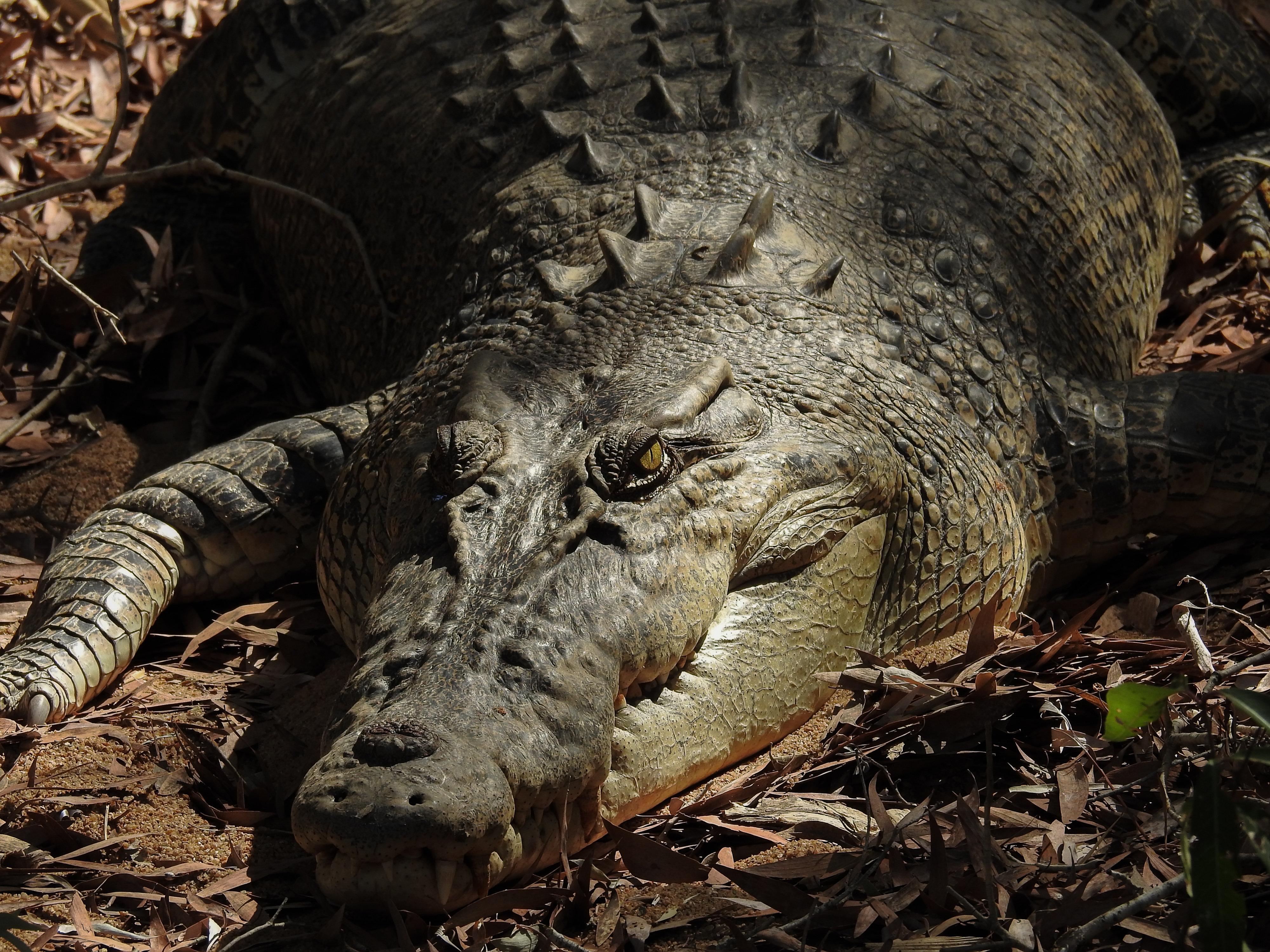Geographic barriers disrupt crocodile movement and dispersal
Groundbreaking research has found the Cobourg Peninsula strongly influences the movement and dispersal of saltwater crocodiles (Crocodylus porosus) in the Top End
Lead researcher and Department of Environment and Natural Resources (DENR) wildlife scientist, Mr Yusuke Fukuda, said the findings – now available in the science journal PLOS ONE – provide new insights into C. porosus movements, which might have management significance for public safety.
"Translocated salties often return to their original capture sites, which complicates management interventions aimed at reducing human-crocodile conflict," Mr Fukuda said.
"We examined the spatial events implicated in this homing ability, using satellite tracking devices on eight salties of different ages and sizes.
"Five males (3.03m to 4.02m) were shifted and released 100-300 kilometres from their capture sites and three others (3.67m to 4.23m) were released at their site of capture as controls.
"The translocated salties were highly mobile relative to the controls, and moved at sea in the direction of their original capture site.
"However, they were unable or unwilling to swim around a geographic structure, Cobourg Peninsula, which prevented homing being achieved in all five cases.
"This is in contrast to what happens in Queensland, where Cape York is not an effective barrier to crocodile movement, at least for the larger salties.
"Genetic analysis of tissue samples from nests across the NT coast also demonstrated significant genetic diversity across the coast, and confirmed that Cobourg Peninsula is a barrier separating genetic stocks across the NT coast.
"This suggests that more than 250 crocodiles the NT Government removes each year from the Darwin Harbour for public safety come from the western side of the Peninsula."
The satellite tracking of crocodiles as part of Mr Fukuda's study was funded and supported by the Northern Territory Government, Australian Government, Charles Darwin University, Wildlife Management International Pty Ltd and The Australian National University (ANU).
The genetic analyses presented in Mr Fukuda's study were funded and supported by the Northern Territory Government, ANU, National Geographic Society, Holsworth Wildlife Research Endowment, IUCN-SSC Crocodile Specialist Group Student Research Assistance Scheme, ACT Herpetological Association and the Northern Territory Crocodile Farmers Association.

